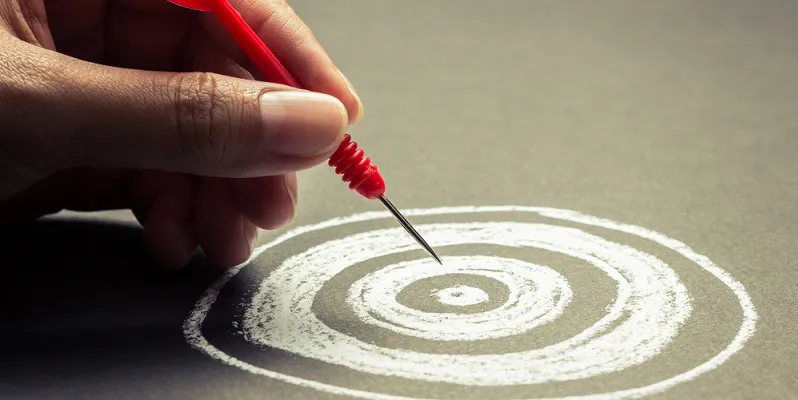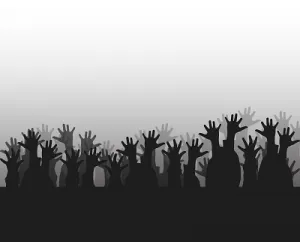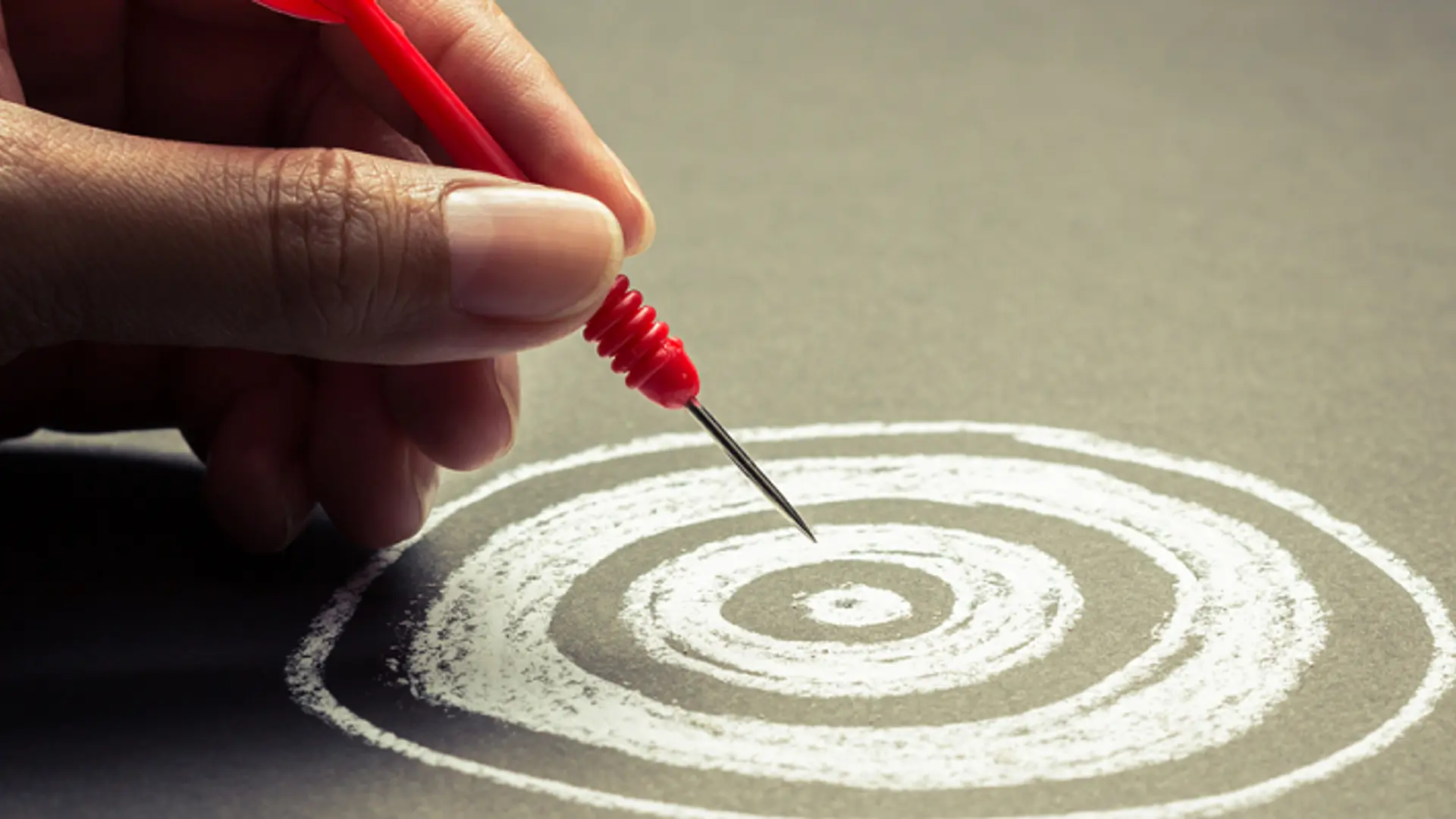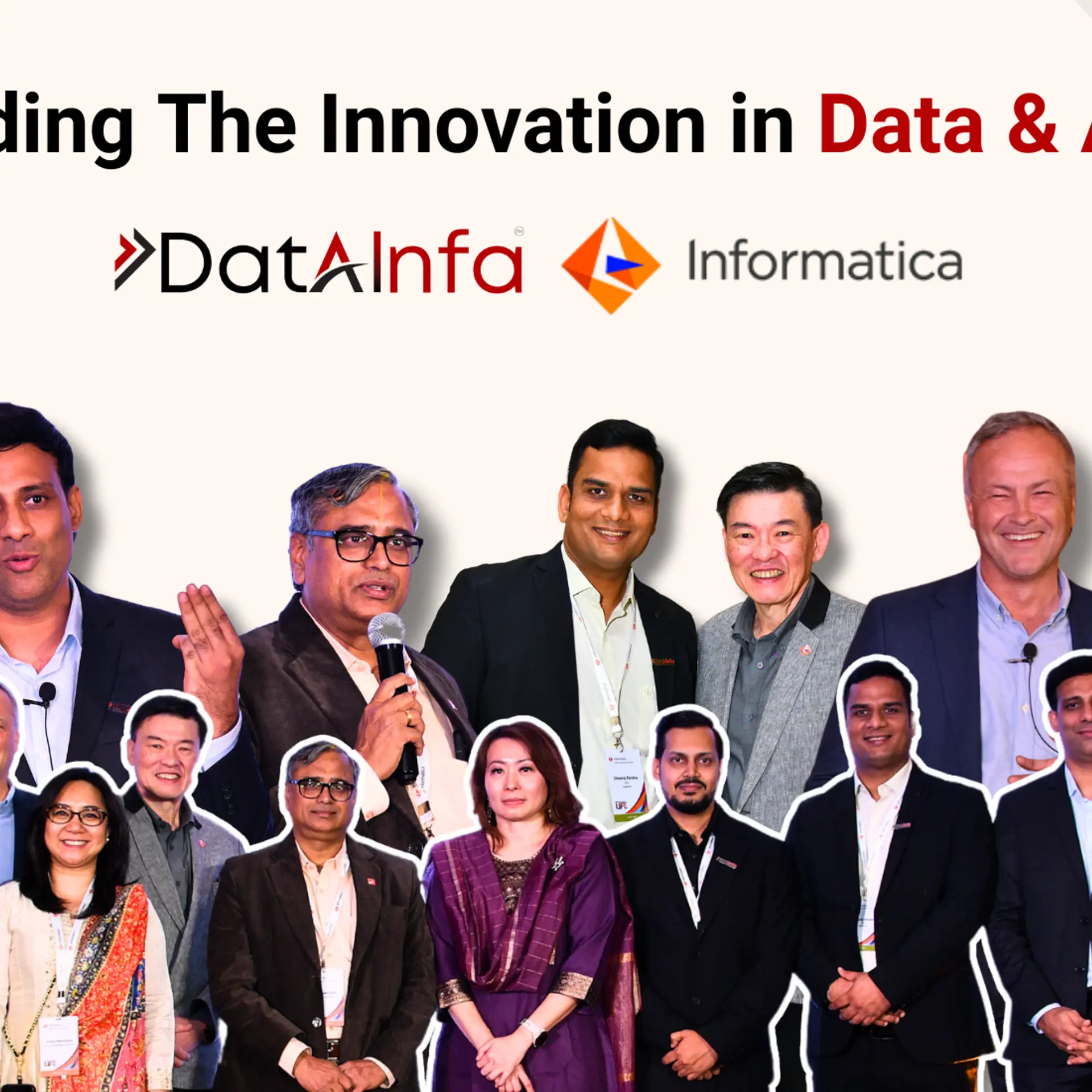15 years later: the Millennium Development Goals will be passé
The framing of developmental debates is going to change a bit in the coming days. No, it’s not because of the Paris climate talks this winter, but the adoption of the Post-2015 Development Agenda at a UN Summit about two months from now in New York. The negotiations to finalise the agenda – Transforming our world: The 2030 Agenda for Global Action – are in their last stages. What we will soon see would be called Sustainable Development Goals, SDGs for short.

These SDGs would be replacing the Millennium Development Goals (MDGs) that are set to expire at the end of this year. These goals (SDGs) were first talked about at the United Nations Conference on Sustainable Development (popularly known as Rio+20) held in Rio de Janeiro in June 2012. About two years back, the UN General Assembly’s Open Working Group on Sustainable Development Goals (OWG) forwarded a proposal for the SDGs to the Assembly. There were 17 goals in all: goals that one is likely to hear more about in the coming days.
The 17 proposed goals:
- End poverty in all its forms everywhere
- End hunger, achieve food security and improved nutrition and promote sustainable agriculture
- Ensure healthy lives and promote well-being for all at all ages
- Ensure inclusive and equitable quality education and promote lifelong learning opportunities for all
- Achieve gender equality and empower all women and girls
- Ensure availability and sustainable management of water and sanitation for all
- Ensure access to affordable, reliable, sustainable and modern energy for all
- Promote sustained, inclusive and sustainable economic growth, full and productive employment and decent work for all
- Build resilient infrastructure, promote inclusive and sustainable industrialization and foster innovation
- Reduce inequality within and among countries
- Make cities and human settlements inclusive, safe, resilient and sustainable
- Ensure sustainable consumption and production patterns
- Take urgent action to combat climate change and its impacts
- Conserve and sustainably use the oceans, seas and marine resources for sustainable development
- Protect, restore and promote sustainable use of terrestrial ecosystems, sustainably manage forests, combat desertification, and halt and reverse land degradation and halt biodiversity loss
- Promote peaceful and inclusive societies for sustainable development, provide access to justice for all and build effective, accountable and inclusive institutions at all levels
- Strengthen the means of implementation and revitalize the global partnership for sustainable development
It sounds all nice, very lofty, and quite altruistic. The world would certainly be a better place if these goals were to fructify, equitably at that. And it would also be worthwhile to wonder whether the over-hyped MDGs, the eight international development goals that were identified at the UN Millennium Summit in 2000, could achieve what they had originally set out to do.
Needless to say, there have been many detractors (of the MDGs). But the criticism had hardly been so much of the necessity of the MDGs as they had been of their implementation. The biggest of them all had been the contention that the MDGs did not lay enough emphasis on sustainable development, and that life-and-death issues like peace and security had been left out totally from the goals’ ambit.

Then again, indicators themselves have not been all that encouraging. Many numbers might have improved, but they are still as depressing. The first MDG target—of cutting the 1990 poverty rate by half before 2015— was achieved almost five years ahead of schedule. According to the World Bank, in 2011, 17 per cent of people in the developing world lived at or below $1.25 a day. This was considerably down from 43 per cent in 1990, and 52 per cent in 1981. This (the way of measuring poverty) has come under trenchant criticism. While it is true that the percentage of people living below $1.25 per day has gone down, what is also true is that almost half the world’s population still lives on less than $2.50 a day. Ambitions, after all, would mean nothing if they are not ambitious enough.Moreover, if one extrapolates these disheartening statistics with the hunger numbers that the Food and Agricultural Organization of the United Nations (FAO) publishes every year, one would end up looking at the MDGs quite cynically. The bottomline being this: the MDGs were not ambitious enough.
Whether the SDGs too will be as cursory and superficial is anybody’s guess. According to the “Technical report by the Bureau of the United Nations Statistical Commission (UNSC) on the process of the development of an indicator framework for the goals and targets of the post-2015 development agenda – working draft”, there are 169 proposed targets for these SDG goals and 304 proposed indicators to show compliance on part of governments. The UN certainly had learnt its lessons from the MDG experience. It has conducted “global conversations”, including 11 thematic and 83 national consultations, and door-to-door surveys in the run-up to the September summit. It also carried out an online My World survey asking people to prioritise areas they would like to see addressed in the goals.
Obviously, there are apprehensions that the UN might have bitten off more than what it can chew: 17 goals, 169 targets and 304 indicators sound more than a mouthful. A world that somehow grappled with just eight goals spread over 15 years, might want to cut down on the number of goals, targets and indicators by the time the Agenda is announced. UN Secretary-General Ban Ki-moon has himself already clubbed the 17 proposed goals into six “essential elements”: dignity, prosperity, justice, partnership, planet, people. And all these would have to be financed. It was the millennium euphoria that drove the MDGs, but a debilitating recession and scores of conflicts later, the world is a much more wizened place. No one is going to give any money without extracting his/her pound of flesh.
But to give it to the UN, these are early days yet. Let’s see what transpires in New York. But one thing will happen for sure: talking about MDGs will soon be passé.







